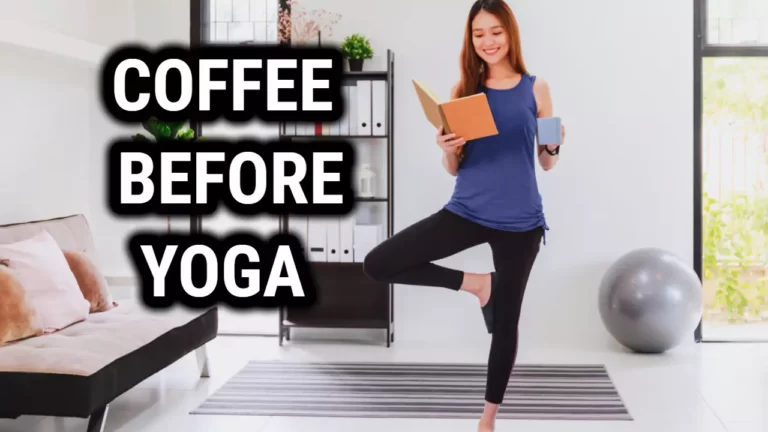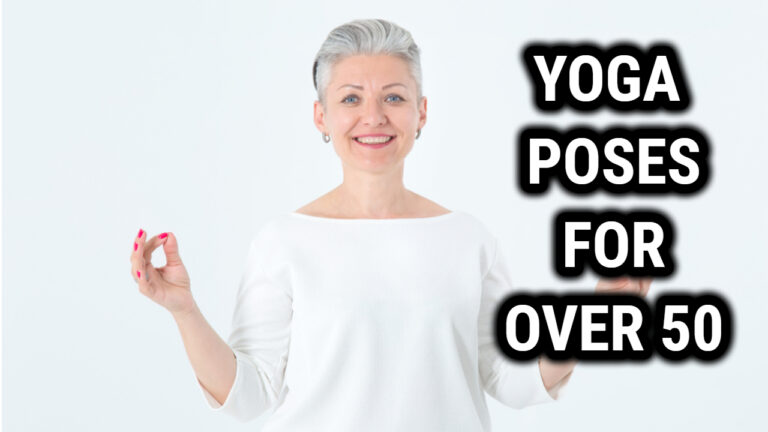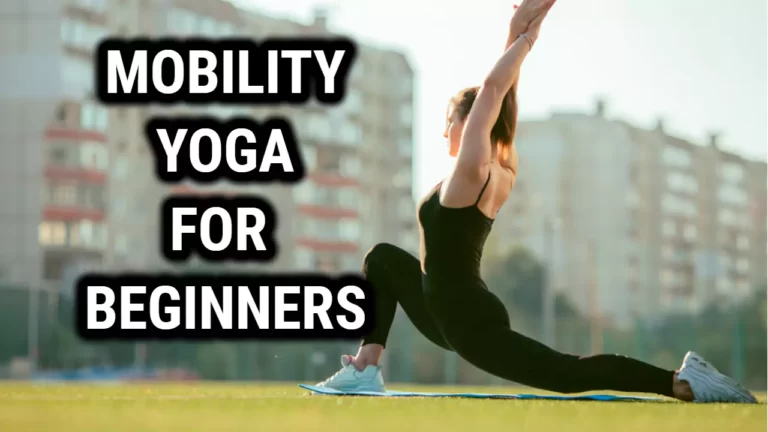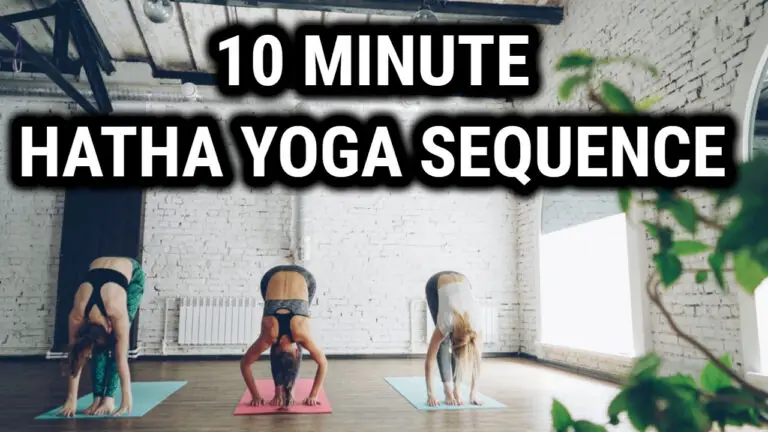Ashtanga Yoga for Beginners: The Ultimate Path to Physical and Mental Health
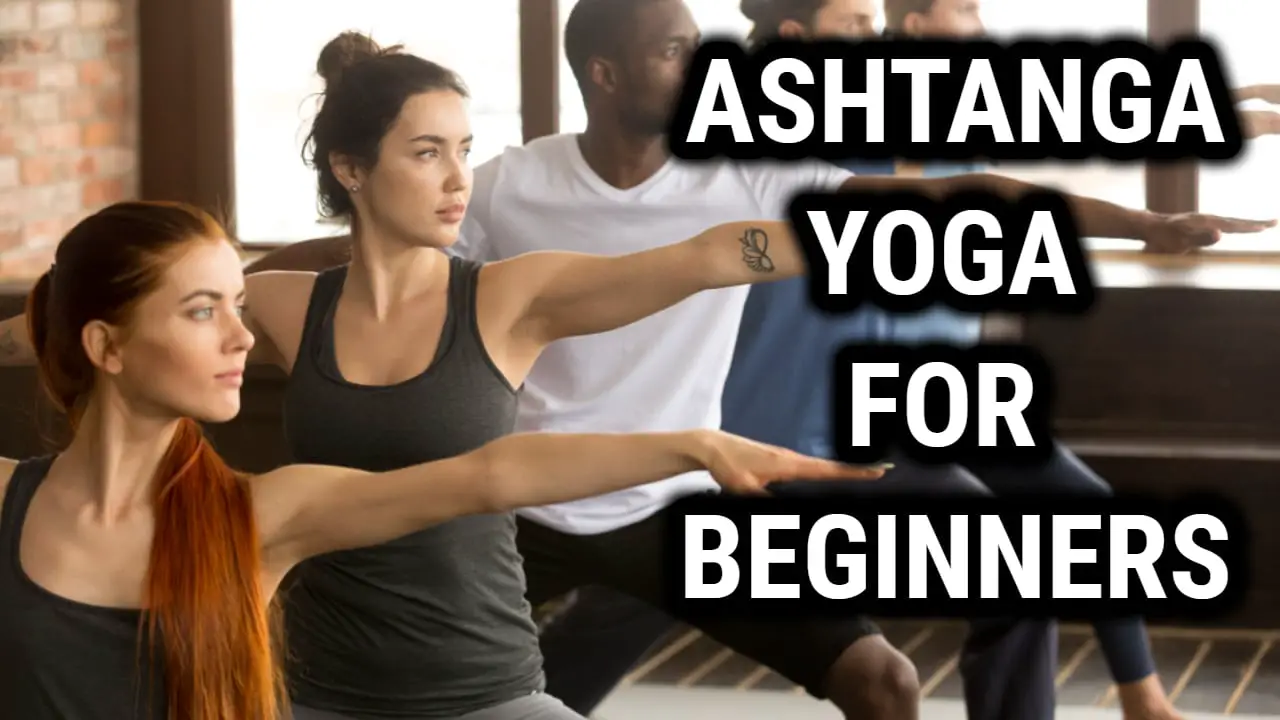
Are you new to yoga and looking for a practice that will challenge your body and mind? Ashtanga yoga might be just what you need. With its precise movements, emphasis on breath, and meditative benefits, Ashtanga yoga is a great way to improve your physical and mental health. In this guide, we’ll give you a complete rundown of everything you need to know to get started with Ashtanga yoga.
Key Takeaways
- Ashtanga yoga is a dynamic practice that combines breath, movement, and meditation to promote physical and mental health.
- The practice consists of a set sequence of postures, each linked with a specific breath.
- Ashtanga yoga offers numerous benefits for beginners, including improved strength, flexibility, balance, and posture, as well as reduced stress and anxiety and improved self-awareness.
- It’s important for beginners to listen to their bodies, practice regularly, find a qualified teacher, and be patient and persistent in their practice.
- Ashtanga yoga can be practiced by anyone, regardless of age or fitness level, and can be adapted to suit individual needs and abilities.
Understanding Ashtanga Yoga
Before we dive into the practice itself, let’s first understand what Ashtanga yoga is and where it comes from. Ashtanga yoga is a style of yoga that was popularized by K. Pattabhi Jois in the 20th century. The name “Ashtanga” comes from the Sanskrit words “ashta,” which means “eight,” and “anga,” which means “limb.” These eight limbs are the foundation of Ashtanga yoga practice, and they encompass all aspects of the yogic journey, including physical postures (asanas), breathing techniques (pranayama), and meditation.
The eight limbs of Ashtanga yoga are as follows:
Yama
The first limb is Yama, which includes five moral codes that guide our behavior towards others. These include non-violence, truthfulness, non-stealing, chastity, and non-greed.
Niyama
The second limb is Niyama, which includes five personal observances that guide our behavior towards ourselves. These include cleanliness, contentment, self-discipline, self-study, and surrender to a higher power.
Asana
The third limb is Asana, which refers to physical postures that help prepare the body for deeper spiritual practices. Ashtanga yoga is known for its challenging sequences of dynamic postures that build strength, flexibility, and balance.
Pranayama
The fourth limb is Pranayama, which refers to breathing exercises that help control the flow of energy within the body. Ashtanga yoga incorporates specific breathing techniques that synchronize with the movement of the body.
Pratyahara
The fifth limb is Pratyahara, which refers to the withdrawal of the senses. In Ashtanga yoga, this means turning our attention inward and becoming aware of our thoughts and emotions.
Dharana
The sixth limb is Dharana, which refers to concentration. In Ashtanga yoga, this means focusing our attention on a single point, such as the breath or a specific part of the body.
Dhyana
The seventh limb is Dhyana, which refers to meditation. In Ashtanga yoga, this means practicing sustained concentration to quiet the mind and achieve a state of inner peace.
Samadhi
The eighth and final limb is Samadhi, which refers to a state of blissful union with the divine. In Ashtanga yoga, this means transcending the limitations of the ego and experiencing a sense of oneness with the universe.
Preparing for Ashtanga Yoga Practice
Before you start practicing Ashtanga yoga, there are a few things you need to consider to make sure you have a safe and comfortable experience.
Finding a teacher
Ashtanga yoga can be a challenging practice, so it’s important to find a qualified teacher who can guide you through the poses and help you avoid injury. Look for a teacher who is certified by the K. Pattabhi Jois Ashtanga Yoga Institute or another reputable organization. If possible, try to observe a class before you sign up to get a sense of the teacher’s teaching style.
Choosing the right mat
Your yoga mat is an important tool for practicing Ashtanga yoga. Look for a mat that is sticky and provides good traction, as the practice involves a lot of movement and can get sweaty. A thicker mat can also help cushion your joints during some of the more challenging poses.
Dressing appropriately
Wear comfortable, form-fitting clothing that allows you to move freely and doesn’t restrict your range of motion. Avoid loose or baggy clothing, as it can get in the way during certain poses. You may also want to bring a towel to wipe away sweat.
Setting up your space
Find a quiet, clean, and well-ventilated space to practice in. Ideally, you should have enough room to move around and a wall nearby that you can use for support during certain poses. Make sure you have a water bottle nearby and that your phone is silenced or turned off.
Understanding the Ashtanga Yoga Sequence
Ashtanga yoga is typically practiced as a set sequence of postures, which are grouped into series. The primary series, also known as Yoga Chikitsa, is the foundation of the practice and consists of 75 poses. The intermediate series, or Nadi Shodhana, builds on the primary series and includes more advanced postures.
It’s important to remember that Ashtanga yoga is a progressive practice, which means that you should only move on to the next pose or series once you have mastered the previous one. It’s also important to practice consistently, ideally every day or at least a few times a week, to see progress and reap the benefits of the practice.
Ashtanga Yoga Poses for Beginners
Now that you’re familiar with the basics of Ashtanga yoga, let’s take a look at some of the foundational poses you can expect to encounter in a typical Ashtanga yoga class.
Sun Salutations (Surya Namaskar A and B)
Sun salutations are a series of poses that are performed in a flowing sequence to warm up the body and prepare it for more challenging postures. There are two main variations of sun salutations in Ashtanga yoga: Surya Namaskar A and Surya Namaskar B. Each variation consists of 12 poses, which are performed in a continuous flow.
Standing Poses
Standing poses help build strength, stability, and balance. They also help open up the hips, hamstrings, and shoulders. Some common standing poses in Ashtanga yoga include:
- Warrior I (Virabhadrasana I)
- Warrior II (Virabhadrasana II)
- Triangle Pose (Trikonasana)
- Extended Side Angle Pose (Utthita Parsvakonasana)
- Tree Pose (Vrikshasana)
Seated Poses
Seated poses help build flexibility, mobility, and focus. They also help calm the mind and prepare the body for meditation. Some common seated poses in Ashtanga yoga include:
- Seated Forward Bend (Paschimottanasana)
- Head-to-Knee Pose (Janu Sirsasana)
- Lotus Pose (Padmasana)
- Boat Pose (Navasana)
- Bound Angle Pose (Baddha Konasana)
Backbends
Backbends help strengthen the back muscles, stretch the front of the body, and open up the heart center. They also help improve posture and counteract the effects of sitting for long periods of time. Some common backbends in Ashtanga yoga include:
- Upward Facing Dog (Urdhva Mukha Svanasana)
- Cobra Pose (Bhujangasana)
- Bow Pose (Dhanurasana)
- Camel Pose (Ustrasana)
- Wheel Pose (Urdhva Dhanurasana)
Inversions
Inversions help reverse the effects of gravity on the body and improve circulation, digestion, and immune function. They also help build strength and balance.
Some common inversions in Ashtanga yoga include:
- Shoulder Stand (Sarvangasana)
- Headstand (Sirsasana)
- Handstand (Adho Mukha Vrksasana)
It’s important to note that inversions can be challenging and should only be practiced under the guidance of a qualified teacher.
Benefits of Ashtanga Yoga for Beginners
Ashtanga yoga offers numerous benefits for beginners, both physical and mental. Here are just a few of the many benefits you can expect to experience with regular practice:
Physical Benefits
- Increased strength, flexibility, and balance
- Improved posture and alignment
- Reduced risk of injury
- Enhanced cardiovascular health
- Boosted immune system function
- Improved digestion and elimination
Mental Benefits
- Reduced stress and anxiety
- Improved focus and concentration
- Increased self-awareness and mindfulness
- Boosted mood and energy levels
- Improved sleep quality
Tips for Beginners Practicing Ashtanga Yoga
Here are some tips to help you get the most out of your Ashtanga yoga practice as a beginner:
Listen to your body
Ashtanga yoga can be challenging, especially for beginners. It’s important to listen to your body and only go as far as feels comfortable for you. Never force yourself into a pose that causes pain or discomfort. Remember, yoga is not a competition, and there is no need to compare yourself to others in the class.
Practice regularly
Consistency is key when it comes to Ashtanga yoga. Try to practice at least a few times a week, ideally every day, to see progress and reap the benefits of the practice. Even a short daily practice can make a big difference.
Find a qualified teacher
Ashtanga yoga is a complex practice that should only be taught by a qualified teacher. Look for a teacher who has completed a certified Ashtanga yoga teacher training program and has experience working with beginners. A good teacher can help guide you through the practice and ensure that you are practicing safely and correctly.
Be patient and persistent
Ashtanga yoga is a progressive practice that takes time and dedication to master. Don’t get discouraged if you don’t see progress right away. Remember that every practice is an opportunity to learn and grow, and that progress is often subtle and gradual.
FAQs
Is Ashtanga yoga suitable for beginners?
Yes, Ashtanga yoga can be practiced by beginners. However, it’s important to start slowly and work with a qualified teacher who can guide you through the practice safely and effectively.
How often should I practice Ashtanga yoga as a beginner?
It’s recommended to practice Ashtanga yoga at least a few times a week, ideally every day. Even a short daily practice can be beneficial.
Do I need to be flexible to practice Ashtanga yoga?
No, flexibility is not a requirement for practicing Ashtanga yoga. The practice can actually help improve flexibility over time.
Can Ashtanga yoga help reduce stress and anxiety?
Yes, Ashtanga yoga can be a powerful tool for reducing stress and anxiety. The practice’s focus on breath and movement can help calm the mind and promote relaxation.
Is it safe to practice inversions in Ashtanga yoga as a beginner?
Inversions can be challenging and should only be practiced under the guidance of a qualified teacher. It’s important to start slowly and build up to more advanced inversions over time.
Conclusion
Ashtanga yoga is a powerful and transformative practice that can offer numerous benefits for beginners. With its focus on breath, movement, and meditation, it can help improve physical and mental health, reduce stress and anxiety, and increase self-awareness and mindfulness.
By following the tips outlined in this article, you can begin your Ashtanga yoga practice with confidence and enjoy all the benefits that this ancient practice has to offer. Remember to listen to your body, practice regularly, find a qualified teacher, and be patient and persistent. With time and dedication, you can experience the transformative power of Ashtanga yoga in your own life.


